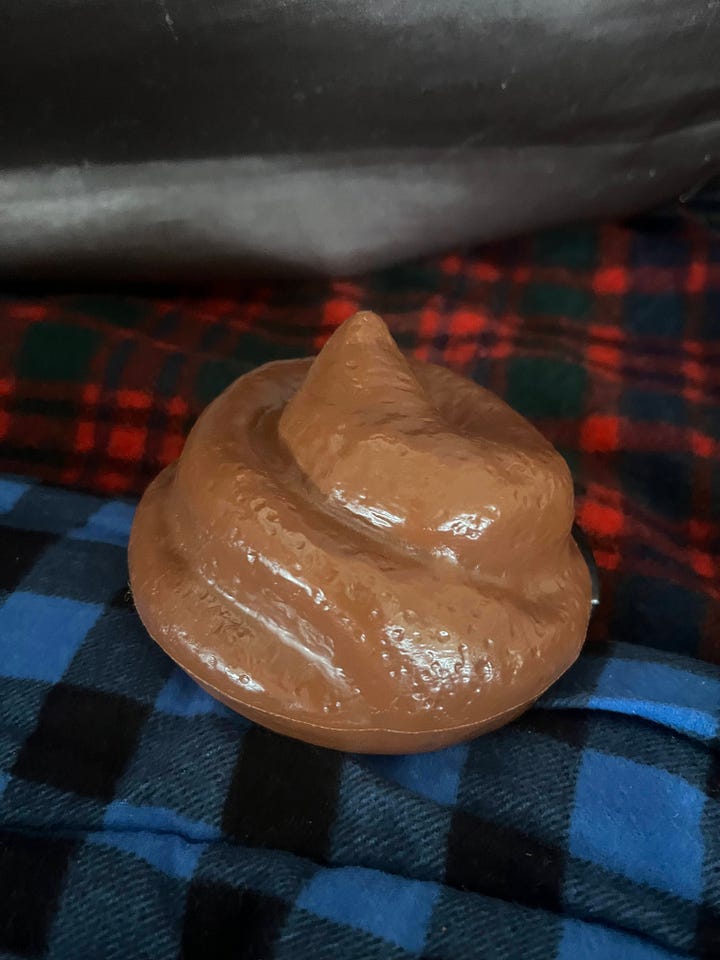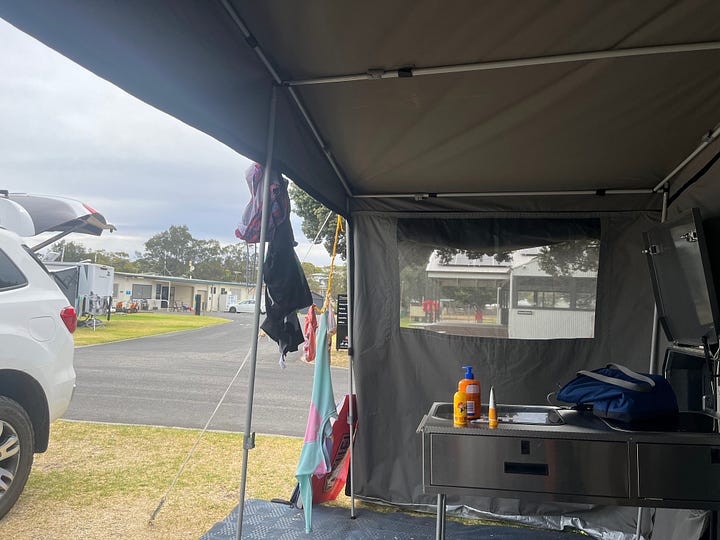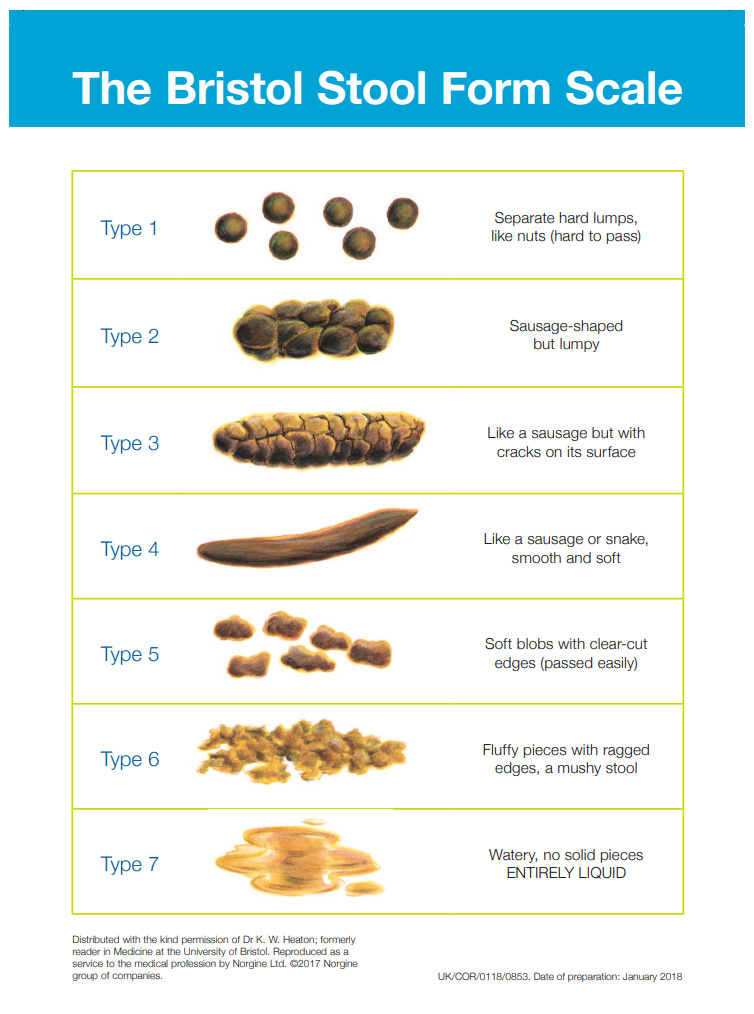It’s been a few weeks since I’ve posted and in that time I’m grateful to have welcomed a whole bunch of new subscribers, thanks in a large part to recommendations from others. So I wanted to start by saying whether you’re newly joining in, or returning to reading Lessons On Drugs in 2025 - thank you. I’m glad you’re here.
If you’re interested in where I’m coming from and what I’m trying to do, then it’s covered in the post linked below. The TLDR version is I’m an Australian1 Pharmacist having a bit of fun with writing in a way that, I hope, helps people understand how to use drugs more safely and effectively so they can enjoy life. There’s no grand plan or overarching sales goal here.
My use of the term ‘drugs’ is inclusive of any substance you put into it into your body with the purpose of eliciting a pharmacological effect, be that prescribed or otherwise. A lot of fundamental terms and concepts were introduced in the Caffeine as a Gateway Drug series, the intro to which you can find here:
Now that we’ve got the obligatory introductions out of the way, let’s get down and dirty in the least sexy way possible…because this post is all about faeces. Kaka. Poop. Merde. Crap. Good old number two’s. The thing that everyone does and most people don’t like to talk about.
The Poop Offensive
Something that’s been bringing a few laughs my way over the New Year has been a little family game we like to play which I’m going to call The Poop Offensive2.
It involves placing a plastic poop somewhere with the intention of surprising an identified human target. If you are the human who locates said poop, you then become responsible for continuing the game by placing it somewhere else for someone else to find. And so it goes on.
So simple, you’d be forgiven to think it originated from the mind of a seven year old boy3.
Juvenile though it may be, The Poop Offensive has been a reliable source of fun. And so, when it came time to leave for a short getaway to the beach, I did what any good mother would do4. I packed the plastic poop.
One of the benefits of a camping holiday is it allows you to get away and disconnect from everyday life. No one is on the defensive waiting to get pooped when there is beaching to be had. Perfect conditions for The Poop Offensive.
Unfortunately though, the same level of idealness cannot be said regarding the conditions offered by campgrounds for actual pooping. Shared toilets combined with an excessive intake of barbecued meat and alcohol amongst campground inhabitants does not a pleasant combination make5.
Everybody poops, even when camping
As much as we might not want to talk about it, the reality is that everyone poops and our bowel habits have a big impact on how we feel. It can’t be avoided just because you go camping.
From my point of view, communal toilets are not a place where one wants to spend any more time than absolutely necessary. A key element of efficient campground pooping (and a healthy bowel habit to enact at all times) is listening to your body so you’re able to initiate a timely poop response when needed. As the saying goes, “don’t ignore the call to stool”6.
Yes, if you want to execute a quick in and out job, go when the urge hits you, and ride that wave of peristalsis until you hear the splash. Contrary to what some people [insert gendered stereotype here] may believe, if you have healthy bowel function the process of pooping should only take about a minute of sitting down.
If it’s taking longer than 10 minutes, then you really need to accept that it’s just not your time to poop yet. Go and do something else until the urge returns than sit there and wait. More time on the toilet means more risk of straining and haemorrhoids. Nobody wants that.
What’s a healthy poop, anyway?
The problem is, when you do something that disrupts your usual lifestyle like camping, the lifestyle change can result in disruption to your usual healthy bowel habits. What you eat, how much water you drink, how much you move through the day, and avoiding that call to stool (therefore delaying it) can all have an impact.
So, like a finger in a digital rectal evacuation, let’s get stuck in and explore this a bit more, by considering what exactly is considered a healthy poop, anyway?
In regards to frequency, it really comes down to what’s normal for you. Generally speaking7, a frequency of less than three times a week would be considered low, and three or more in one day considered high.
But the real proof of the health of your bowel habits is in the pudding…so to speak.
Lucky for us, there is a reliable visual aid to help understand what’s considered healthy when it comes to the physical nature of the poop itself. The Bristol Stool Chart, a favourite of every nurse I’ve ever encountered.
When it comes to form, the healthy poop you’re aiming for is one that’s soft and easy to pass, illustrated by Types 3 and 4. A soft and pliable sausage.
To bring this chart further to life in your imagination, and illustrate some less than healthy bowel situations, allow me to introduce you to fictional couple Norm Average and Sheila Ordinary.
Norm and the camping constipation crap
Norm enjoys a sleep in when camping, getting out of bed only once the sun has risen enough for it to get uncomfortably hot in his tent. He starts his camping day eating bacon and eggs cooked on the barbie (barbecue), dished up between two slices of white bread and washed down with a carton of iced coffee. Half an hour later Norm goes for his morning stroll to visit the bathrooms for what he calls his ‘shit and shower time’. Also known as peak hour in the men’s toilet block.
The remainder of Norm’s morning is spent four wheel driving with Sheila, followed by a stop at the local bakery for a meat pie and whatever cake takes his fancy for lunch. Then it’s back to the campsite where he takes up residence in his camping chair, cracks his first beer of the day, and enjoys the entertainment of watching other people argue as they stressfully reverse their caravans into position and set up in the afternoon heat.
Around 6pm, after grazing on cheese and crackers washed down with more beer, Norm takes a moment to stand so he can attend to the barbie for dinner. This also marks the time of day where he moves over to cans of pre-mixed spirits as his alcoholic bevvie of choice. Norm takes great care to cram as many sausages and lamb chops as he can possibly fit onto the barbie and enjoys watching them sizzle until they are sufficiently carcinogenic. He squeezes in some potatoes and onions where he can to get them frying in the glorious pools of fat that flow from the chops. Using his handy tongs, he piles the feast onto two plates for himself and Sheila, along with a good dollop of tomato sauce for some colour.
The next day, Norm wakes and does it all again. However, this time his visit to the bathroom stall takes a bit longer to get the job done. It also requires a bit more force. It’s a bit more uncomfortable. Instead of a smoothly exiting ‘plop’ he voids a couple of small lumpy nuggets that fit somewhere between Type 2 and Type 1 on the chart.
Norm is constipated. What’s he to do?
Getting Norm unstuck
Unfortunately, the actions required to avoid the camping constipation trap should’ve been taken 48 hours ago: make sure he’s eating a healthy diet with enough fibre, drink plenty of water, move his body, and listen to his body tell him when it’s time to go to the toilet rather than blindly sticking to routine. But Norm didn’t want to do that then, and he doesn’t want to do it now. Instead, he stops by the local pharmacy on the way to his bakery lunch stop.
While he might not be demonstrating a strong picture of health in this description, Norm is actually a reasonably healthy kind of guy. He’s normal body weight (ish), keeps reasonably active, and doesn’t have any chronic conditions or take any medications. Usually his bowel motions are strain free and regular as clockwork. Because of this, there are two main choices for Norm to provide him with some short term relief- a stool softener or a laxative.
To understand how these medicines work, let’s consider Norm’s poop forming system from a mechanistic perspective8.
Think of Norm’s bowel as a flexible, semi-permeable tube, and the rest of his body as a bucket filled with water mixed with a bunch of salt and sugar (solutes).
The beginning of the tube is hanging over the left hand side of the bucket, dangling in the air. The middle section of the tube is submerged in the water. The end of the tube is hanging over the right hand side of the bucket. Like the beginning section, this end is also open to the air, but it’s got a much smaller diameter that closes more firmly when not in use.
Because the tube is semi permeable, water is able to move into and out of the submerged section with relative ease through the process known as osmosis. The direction of water movement depends on the concentration of solutes present, moving from the area with the low solute concentration to high concentration.
Hidden inside the submerged middle section of the tube is a spongey blob, representing Norm’s poop. Your hands represent the muscles that push the blob along it’s journey by squeezing along the tube, pushing it through to the outside world. Delightful thought, I know. You’re welcome.
If the blob is plump and hydrated, it’s pretty easy to move it through the tube and out, as it just slides on through. But if it’s shrunken and hard, it’s more difficult to pass, and more likely to cause some damage as it pushes past the exit.
There are a few options available to get the shrunken hard blob through the tube more easily:
Add something to the tube that makes it easier for the spongey blob to absorb water, making it plump and hydrated once more.
Increase the force by which you run your hand along the tube to squeeze it out harder.
Add solutes to the pipe to create an osmotic gradient that brings water from the bucket into the tube, allowing the blob to become plump and hydrated once more.
The first option represents how stool softeners like docusate (Coloxyl) and paraffin work. They act kind of like detergents that make it easier for the poop to mix with the water that’s available in the bowel, making the stool softer.
The second option represents adding a stimulant laxative like senna to the stool softener (Coloxyl and Senna). This stimulates muscle contractions in the bowel to get things moving. Not surprisingly, these agents can cause some abdominal discomfort as a result. They can also result in a ‘lazy bowel’ if used too regularly, so need to be used with caution.
The third option represents use of an osmotic laxative- a salt, sugar or polymer based solution that draws water from the body into the bowel, hydrating the poop and making it easier to pass. How fast osmotic laxatives work depends on the product used. Some (like those used to prepare for a colonoscopy and ‘old fashioned’ salt based laxatives like Epsom Salts and Milk of Magnesia) work aggressively within a few hours. This might sound appealing if you’re feeling terrible from being constipated, but the abdominal discomfort, dehydration and resulting electrolyte imbalances can be problematic if not managed properly9.
Other osmotic laxatives (like those containing polymers or sugars) are more gentle and take effect within 1 to 3 days. But it’s important to remember that because they work by moving water from your body, into your gut, and out of your body, staying hydrated is still really important to prevent complications.
Norm decides to go with the polymer based osmotic laxative along with increasing his water intake for a while. This seems to do the trick soon enough.
Sheila and her fast moving foul bowel
While Norm is facing the camping constipation trap, his partner Sheila is having the opposite problem. She’s not used to surviving on cheese plates, beer, and BBQ meat. As a result, her bowel is constantly on the move, resulting in extra toilet visits and sloppy bowel motions that look like Type 5 with a bit of Type 6 sprinkled in for good measure. This situation is far from ideal when trying to minimise her communal toilet exposure.
What she finds most uncomfortable and embarrassing is that her overactive bowel is accompanied by an excess of gas which has what can only be described as a noxious odour. She tries to make it cute by calling it her foul bowel and laughing, but it doesn’t work. It’s not cute. It is human though. Women also have bowels, and sometimes they don’t function well.
Unfortunately for Sheila, the time for preventing her overactive bowel has passed (pun intended). Lucky for her, the problem will soon be expelled without the need for pharmaceuticals. She’s going to have to endure the discomfort, both physical and psychological.
What Sheila can do is prevent further occurrence. And that’s just what she does. While Norm’s at the pharmacy, Sheila visits the supermarket to stock up on some healthier food options so she can take a more balanced approach for the remainder of the trip. No more brown eating just because it’s camping. Pre-made supermarket salads and fruit for the win.
Don’t be a New Year Party Pooper
To close, I’d like to point out that this post is not autobiographical. And as much as I’m joking around with it, I do think it’s important to talk acknowledge bowel health, as there’s a lot of stigma associated with it which can make it very difficult for people who suffer from chronic gastrointestinal issues. A bit of openness and sensitivity can go a long way to making people feel comfortable enough to fully engage with the world. I’d hate to think someone avoided something they love doing because they were worried about going to the toilet. But it happens all the time.
If you’re wondering if I achieved my element of surprise with The Poop Offensive, I’m happy to report that I did, and the game is still going. Just tonight, as I sit in bed writing this (terrible practice, I know) I slid my hand under my pillow only to find I’d been pooped. Now, the question is, who is my next target and what surprises are left?
As for the New Year, well I hope it brings you closer to where you want to be in life, whatever that may be. Here’s a beachside firework for you (one of the perks of being in the southern hemisphere and enjoying a summer New Year).
Thanks for reading Lessons On Drugs! If you enjoyed this, please give it a like or share with others. And, if you feel so inclined, please subscribe for an every few weeks-ish newsletter.




This means I use British rather than American English, resulting in what some may consider excessive use of vowels. This will be clearly demonstrated in this post through some of the more extreme examples of excessive vowel use, including but not limited to diarrhoea and haemorrhoids. One that I find particularly confusing, and am really unsure of is barbecue vs barbeque - I genuinely have no idea which one is correct and feel like both are used here.
Not an official title.
It did.
Note that the plastic poop actually entered our house via my lovely mother. It used to be remote controlled so you could move it around and make fart noises, but at some stage it had to be harvested for it’s batteries so it’s now a stationery, silent (but not deadly) object.
I’m a big supporter of unisex toilets, but if they ever make their way into camping grounds there needs to be some serious investment in regular upkeep or I’m never going camping again.
‘call’ rhymes with ‘stool’ when said in a drawn out Australian accent.
This is in the general population without a diagnosis of a chronic medical condition.
If you’d like to understand more about how the gastrointestinal system works to process the substances we ingest, check out my post Bodily Logistics.
For example: children, older adults, people with low kidney function, those taking medicines for cardiovascular disease.







TMI!
If you like poop short stories, my book-writing partner in crime and I have written some doozies. We published 2 books of true(ish) tradie and blue collar stories about funny situations on the job. Poop type 6 comes up way too frequently at work.
I wondered if the comment section on this post would turn into an audience confessional. Alas, I’m a little disappointed.
The article, however, did not disappoint. I think being a mom has prompted some personal interest in (and desensitization to)this subject over the years.